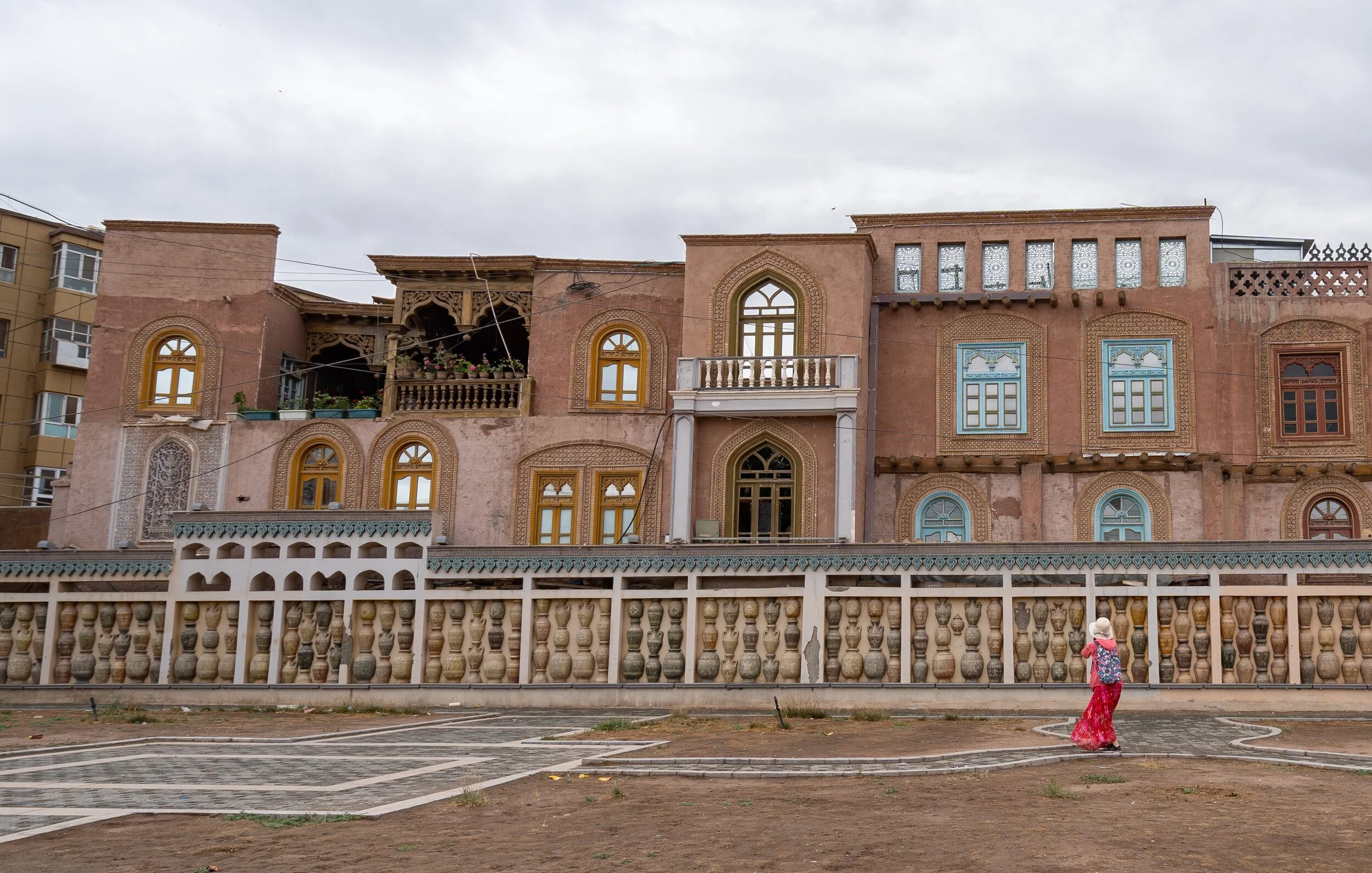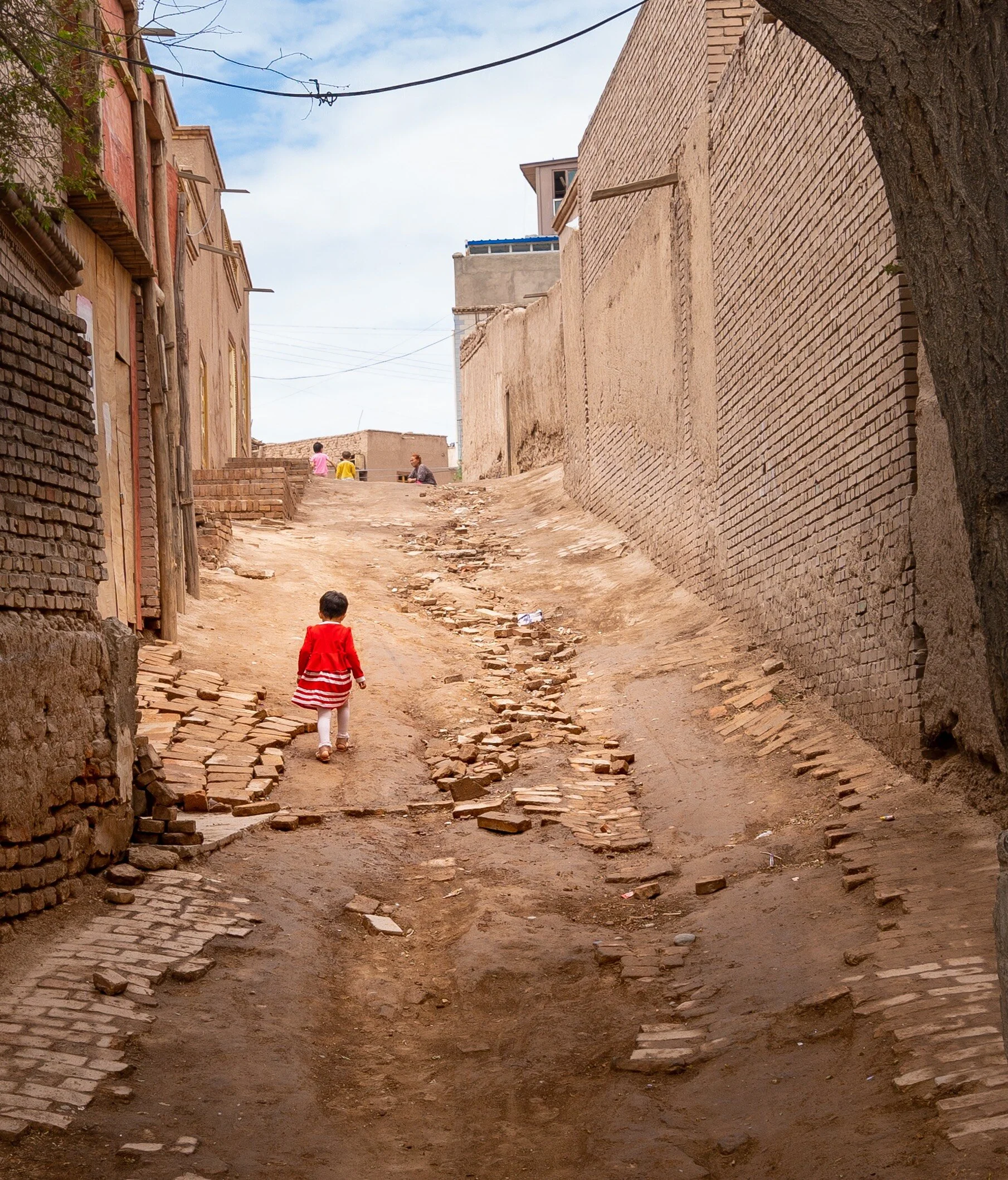Autonomous
This project looks at life within Xinjiang and Tibet, two regions in China that are officially recognized to have some levels of autonomy. In reality, these places have suffered from crushing government regulation and oppression.
Xinjiang is the homeland of the Uyhgur people. Uyhgurs are Muslims who speak a Turkic language and are ethnically wholly separate from Han Chinese. Due to past unrest as well as the One Belt One Road Initiative of the Chinese government, the Xinjiang Autonomous Region is an extremely politically sensitive part of China and Uyghurs suffer from heavy militarization and regulation. In the past few years China has disappeared and imprisoned millions of Uyghurs due to their religion.
Southeastern Tibet is characterized by towering mountain peaks, snaking rivers, dense forests and sprawling high altitude grasslands. While this area is not part of the official Tibet Autonomous Region, it includes many autonomous prefectures. Like much of China, this part of Tibet, called Kham, has been deeply impacted by government regulation, oppression and development. But Tibetan culture, much of which stems from Buddhist religion and nomad life, still persists.










